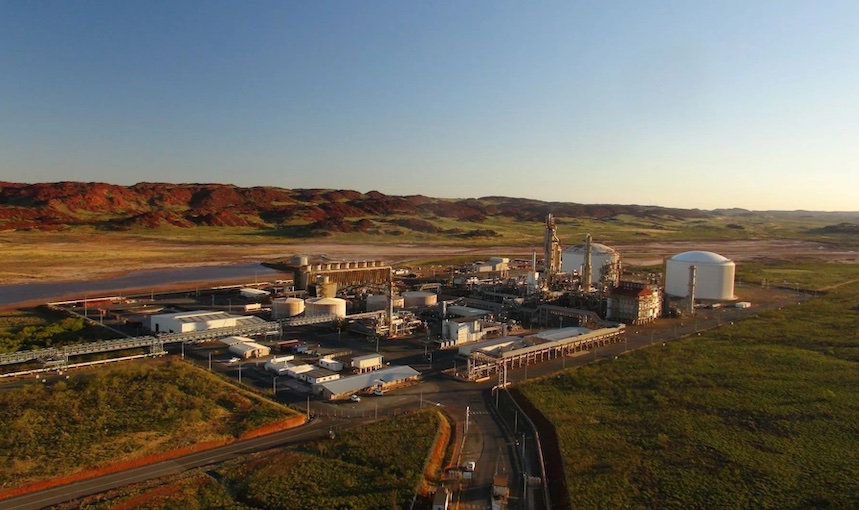LLOYD’S Register has been selected to carry out a study on the feasibility of ammonia bunkering in the Pilbara.
The announcement follows the signing of a collaboration agreement between Yara Clean Ammonia and Pilbara Ports Authority in August.
The feasibility study will explore the market for clean fuels in shipping, shoreside infrastructure requirements, safety considerations and regulations to support ammonia bunkering at Pilbara ports.
“PPA is well placed to support clean energy transitions in the maritime industry in the Pilbara,” PPA CEO Roger Johnston said.
“Our operations are in close proximity to ammonia fuel production facilities and there are numerous bulk ships dedicated to particular routes which frequently visit our ports.”
Last month, the final investment decision was announced for Yara’s Project Yuri, which aims to see a renewable hydrogen plant built adjacent to Yara Pilbara’s existing ammonia plants near Port of Dampier.
Tessa Major, Yara Clean Ammonia’s vice president bunkering – port relations & regulation, said the company shares a commitment with PPA to enable decarbonisation in the shipping industry.
“Yara Clean Ammonia’s ambitions in Australia will move the dial in the energy transition and an exciting part of that is creating emission-free fuel to power ships,” Ms Major said.
According to PPA, Lloyd’s Register will analyse factors needed to assess the potential uptake of ammonia bunkering.
Lloyd’s Register chief commercial officer Andy McKeran said the maritime industry will have to make significant investment decisions around alternative fuels in the decade ahead.
However, he said maritime value chain stakeholders needed assurance on the future availability of fuels and landside infrastructure.
“Studies like this one will help give more certainty on the feasibility of the options being considered and will enable the industry to work to address the safety challenges around their safe adoption,” Mr McKeran said.
As part of the study, Yara Clean Ammonia and PPA will look to establish an advisory committee including representatives of shipping customers and providers to have input into the process.
While ammonia is being considered as an alternative fuel to support the shipping industry’s energy transition, broader studies are still underway to understand the risks of ammonia bunkering.
Still in the early stages of research, there is concern about how ammonia will impact life and marine environments in the event of a fuel spill.
Marieke Beckmann of the Global Maritime Forum considered some of the risks of ammonia during a discussion on a proposed green corridor between the Pilbara and east Asia at Maritime Industry Australia’s recent Decarbonisation Summit.
“We are very aware of the toxicity issue, this is something that has to be addressed, abut there are a number of projects in the pipeline, and we are keeping very close track of that,” she said.
PPA expects Lloyd’s Register to complete its study over at least 12 months.





